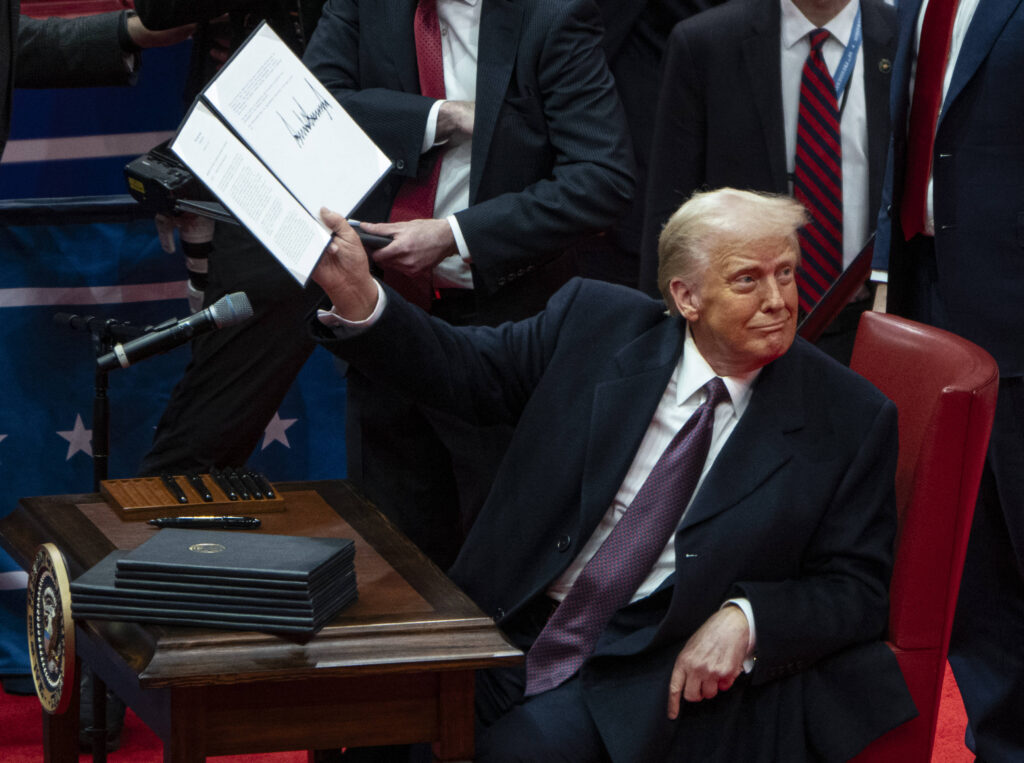The return of Donald Trump to the presidency in 2025 has led to a flurry of executive orders that seek to reshape American policies in multiple domains. These orders have sparked both praise and criticism, making it essential to break them down objectively and understand their potential impact.
Understanding Trump’s Executive Orders
Executive orders are directives issued by the President that have the force of law, allowing for immediate policy implementation without requiring congressional approval. Trump’s latest executive actions primarily focus on energy, immigration, climate policy, and governance efficiency.
Key Executive Orders Signed by Trump in 2025
1. Withdrawal from the Paris Climate Accord
Trump has once again pulled the United States out of the Paris Agreement, arguing that the accord unfairly restricts U.S. energy production while allowing major polluters like China and India more leeway. Supporters claim this move will protect American jobs and energy independence, while critics warn that it may weaken global climate action efforts.
2. Energy Independence Declaration
One of the most controversial executive orders includes lifting restrictions on oil drilling in Alaska and other federal lands. Trump also rolled back electric vehicle mandates that were aimed at increasing EV adoption. Advocates of this policy say it will lower energy prices and create jobs, while opponents argue that it disregards environmental concerns and the global shift toward renewable energy.
3. Immigration and Border Security
Trump has declared a national emergency at the U.S.-Mexico border, reinstating the “Remain in Mexico” policy, which mandates that asylum seekers wait outside U.S. territory while their cases are processed. Additionally, he has called for stricter immigration policies, including resuming the construction of the border wall. Supporters believe this will enhance national security and prevent illegal immigration, while critics argue it could harm migrant rights and international relations.
4. Pardons for January 6 Protesters
Trump has granted pardons to over 1,500 individuals involved in the January 6 Capitol incident. This move has been widely debated—some see it as justice for individuals they believe were unfairly prosecuted, while others view it as an undermining of the rule of law and accountability.
5. Creation of the Department of Government Efficiency (DOGE)
In a surprising move, Trump announced the formation of the Department of Government Efficiency, headed by Elon Musk. The goal of this department is to streamline bureaucratic processes and reduce government inefficiency. While this idea has been welcomed by business-minded individuals, skeptics question how effective it will be in cutting waste without eliminating essential services.
A Balanced Perspective: Pros and Cons
While these executive orders reflect Trump’s commitment to his core policies, they have generated mixed reactions.
Pros:
✔️ Focus on energy independence may lower costs for American consumers. ✔️ Stronger immigration policies could address border security concerns. ✔️ Government efficiency reforms could reduce bureaucratic red tape.
Cons:
❌ Reversing climate policies could set back global environmental efforts. ❌ Immigration crackdowns may lead to humanitarian concerns. ❌ Pardoning January 6 protesters could further polarize the nation.
Conclusion: What Lies Ahead?
Trump’s executive orders mark a significant shift in U.S. policy. Whether these actions will yield positive or negative outcomes depends largely on their implementation and long-term effects. As with any political move, maintaining a balanced perspective is crucial to understanding their true impact.
The coming months will reveal whether these policies benefit or harm the country. In the meantime, staying informed and engaging in constructive discourse is key to navigating these changes.






